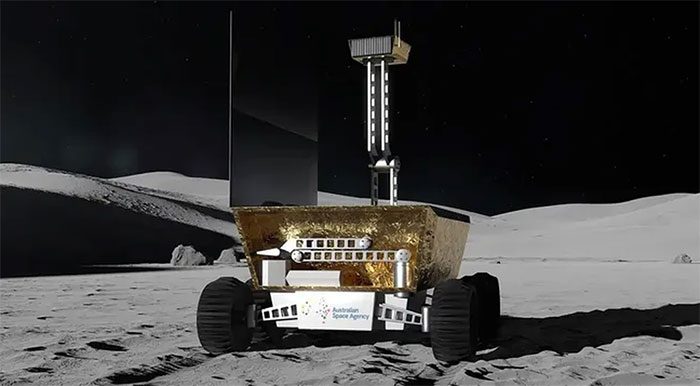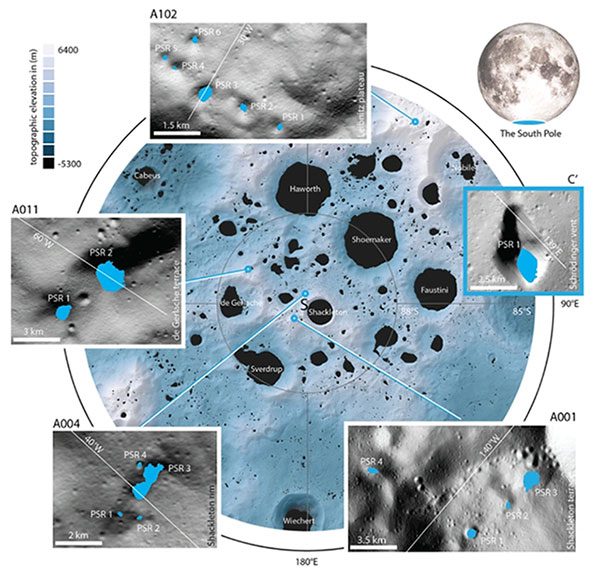Australia’s first Moon exploration robot will be named “Roo-ver” following a public vote to name the spacecraft.
The Australian Space Agency is developing a semi-autonomous rover for launch to the Moon, scheduled for 2026 in collaboration with NASA and its Artemis program.

Illustration of Australia’s Roo-ver rover on the Moon. (Photo: ASA).
After several rounds of consideration and evaluation, the name Roo-ver was selected from over 8,000 entries during a public voting period from November 20 to December 1. The shortlist for naming included “Coolamon,” “Kakirra,” “Mateship,” and “Roo-ver.” During this period, nearly 20,000 Australians voted for their favorite name.
It is reported that the Australian Space Agency (ASA) held a panel of experts and scientists to evaluate the names based on relevance, creativity, and underlying reasons.
In the final results, Roo-ver secured 36% of the votes, surpassing the other three names on the shortlist. Other popular suggestions included Matilda, Bluey, Skippy, Wombat, Walkabout, and Rover McRoverface.
Many suggestions also emerged to name the rover after famous Australians, such as Bert “Moonface” Newton, Steve Irwin, Sam Kerr, Red Dog, Mad Max, or Blinky Bill, as reported by the Australian Broadcasting Corporation (ABC).

The Moon’s South Pole is the top destination for space agencies due to abundant evidence of water sources found there. (Photo: NASA).
Weighing approximately 20 kg, Roo-ver is expected to land near the Moon’s South Pole, where it will spend 14 Earth days (equivalent to about half a lunar day) scouring the lunar surface to collect samples of regolith.
Subsequently, NASA will attempt to extract oxygen from these samples using separate equipment sent to the Moon via the rover.
Experts view this as a significant step toward establishing a sustainable human presence on the Moon and producing rocket fuel to support future missions to Mars.
Although the rover will primarily be operated from Earth, it will possess the capability to autonomously perform certain tasks on the Moon. This feature is designed to safeguard it in case harsh lunar environmental conditions hinder communication.
Previously, the Japan Aerospace Exploration Agency (JAXA) also announced plans to send the SLIM spacecraft to the Moon on January 20, 2024. Thus, in the next two years, we will witness at least three countries publicly intending to land spacecraft on the Moon, including the United States, Japan, and Australia.




















































